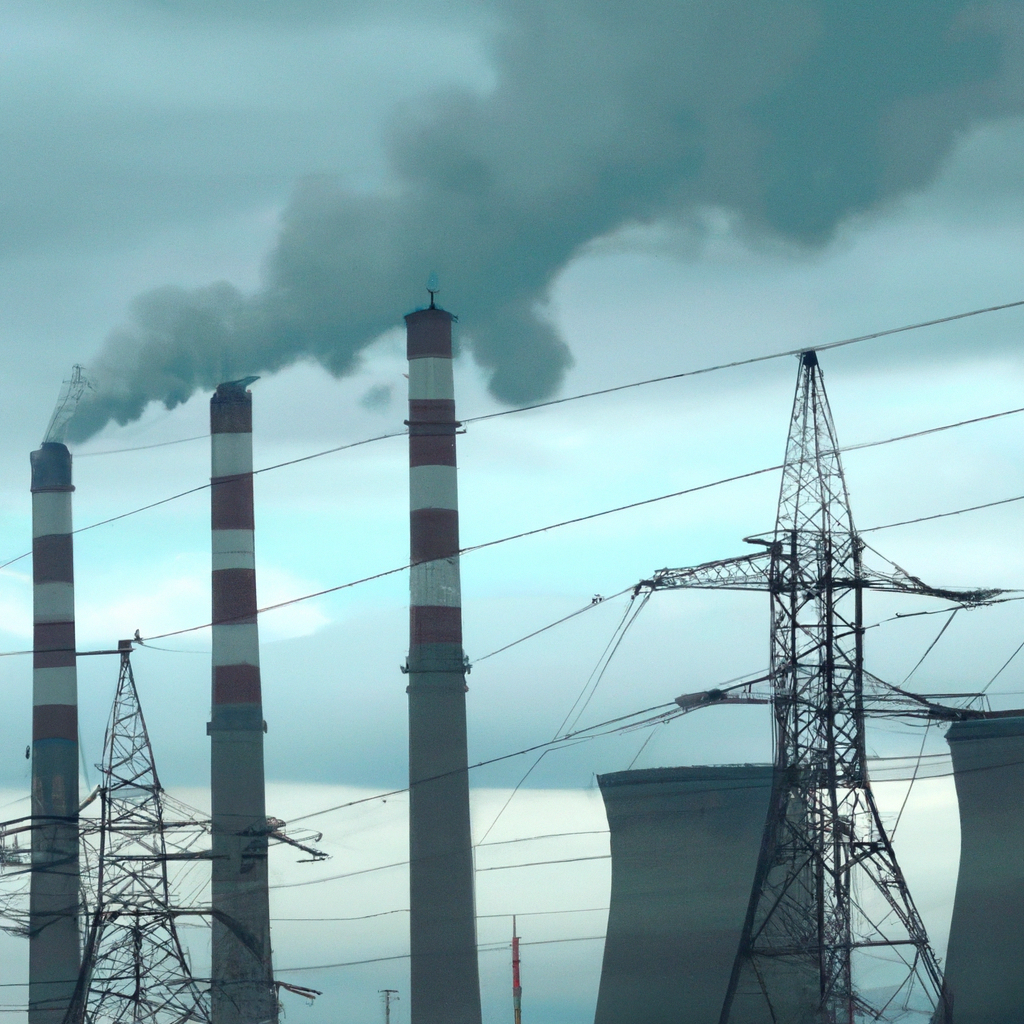Electricity plays a vital role in our everyday lives, powering our homes, workplaces, and the devices we use. But how is electricity generated? Power plants are responsible for generating electricity and converting it into a usable form that can be distributed to homes and businesses. In this article, we will explore how power plants generate electricity, the types of power plants, and the challenges and opportunities in the energy industry.
Types of Power Plants
Power plants can be classified into two main categories: fossil fuel and renewable energy. Fossil fuel power plants use coal, oil, and natural gas to generate electricity, while renewable energy power plants harness energy from sources such as wind, solar, hydro, and geothermal.
Fossil Fuel Power Plants
Fossil fuel power plants generate electricity through a process of energy conversion. First, fuel is burned to heat water in a boiler, creating steam. The steam then flows through a turbine, causing it to spin and generate mechanical energy. The mechanical energy is then converted into electrical energy by a generator. Finally, the electricity is transformed to high voltage and transmitted to the electrical grid for distribution to homes and businesses.
Renewable Energy Power Plants
Renewable energy power plants generate electricity using natural sources of energy that are replenished over time. Wind turbines harness wind energy to turn the blades of a rotor, which spins a generator to produce electricity. Solar power plants use photovoltaic cells to convert sunlight into electricity. Hydroelectric power plants use the force of water to turn turbines, while geothermal power plants harness heat from the earth to generate electricity.
Challenges and Opportunities in the Energy Industry
While power plants play a critical role in our energy production, they also face a number of challenges. Fossil fuel power plants contribute to air and water pollution, greenhouse gas emissions, and climate change. Renewable energy power plants require significant investment in infrastructure and technology to become cost-effective and efficient enough to compete with traditional fossil fuels.
However, there are also opportunities for innovation and growth in the energy industry. Advances in technology and a growing demand for clean energy sources have led to increased investment in renewable energy, making it a viable alternative to fossil fuels. Additionally, energy storage technologies such as batteries are becoming more efficient, allowing for better integration of renewable energy sources into the electrical grid.
Conclusion
Power plants are critical in generating electricity and powering our daily lives. Whether using fossil fuels or renewable sources, power plants generate electricity through a process of energy conversion, ultimately transforming mechanical energy into electrical energy. While the energy industry faces challenges, there are also opportunities for growth and innovation as we continue to explore new ways to generate clean, sustainable energy.







